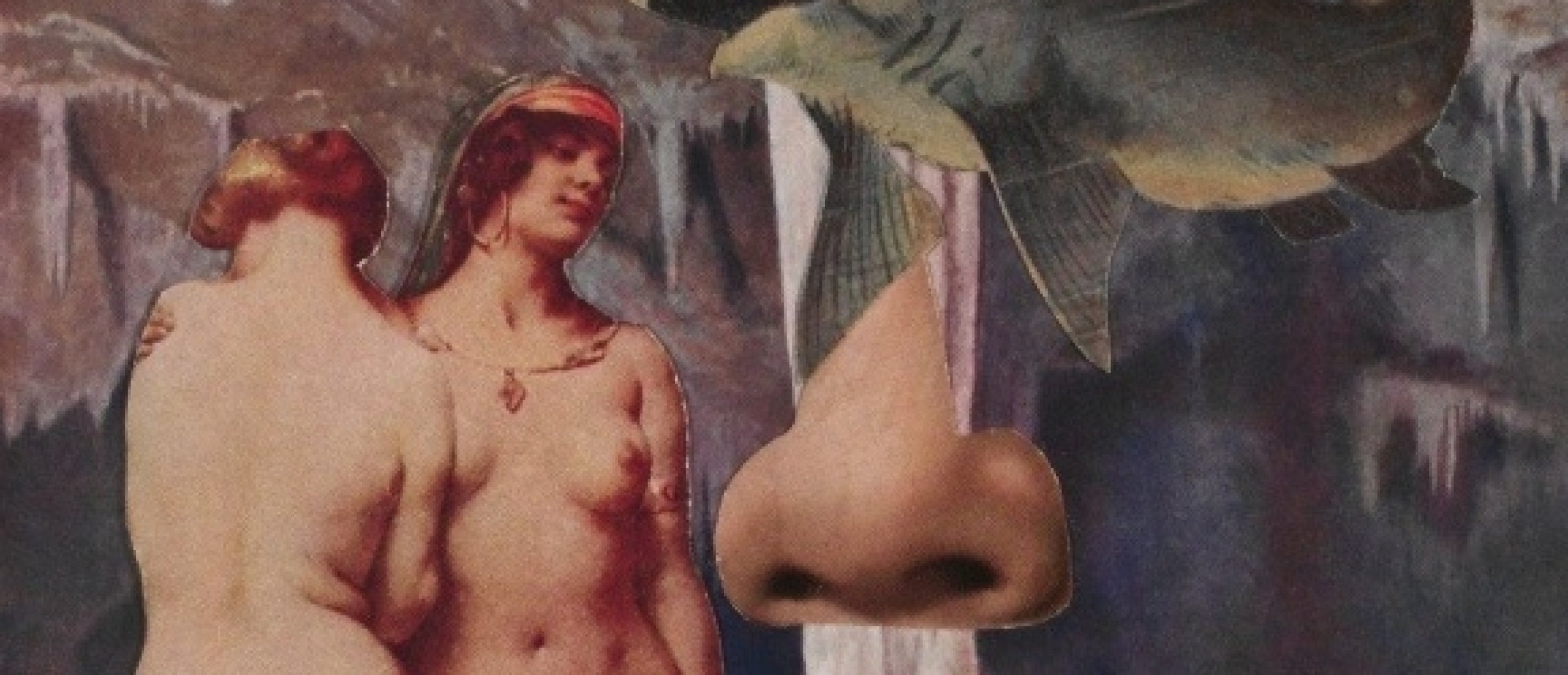
This time, we're going to examine the art of another Czech avant-gardist from the circle of Toyen. Karel Teige was a prominent artist, writer, critic, and one of the founders of the Czech avant-garde association Devětsil ("Nine forces," also the name for the butterbur plant). In the 1920s, the picture poem was the most popular genre among the Devětsil members. Collages of Teige may be regarded as visual verses depicting dreamy metamorphoses of the human body in the natural and urban landscapes.
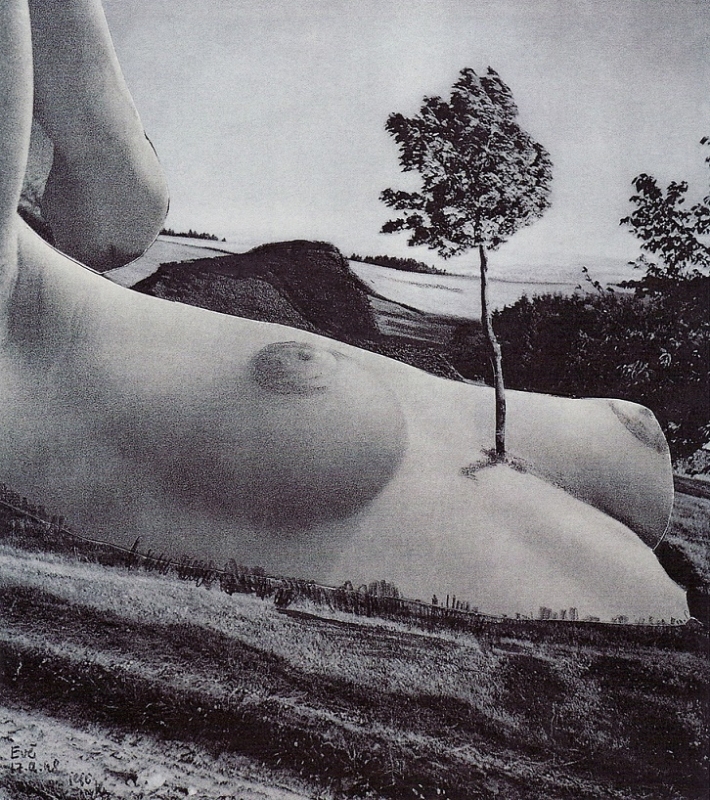
Fig. 1. Collage 355, 1948 (magazinuni.cz)
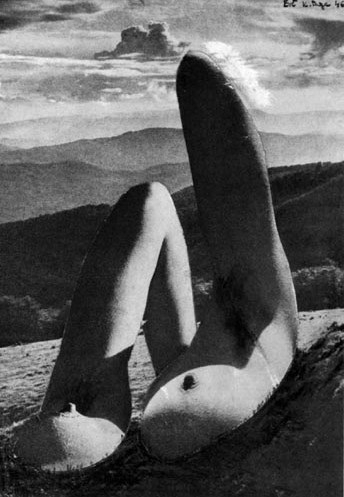
Fig. 2. Collage 316 (ce-review.org)
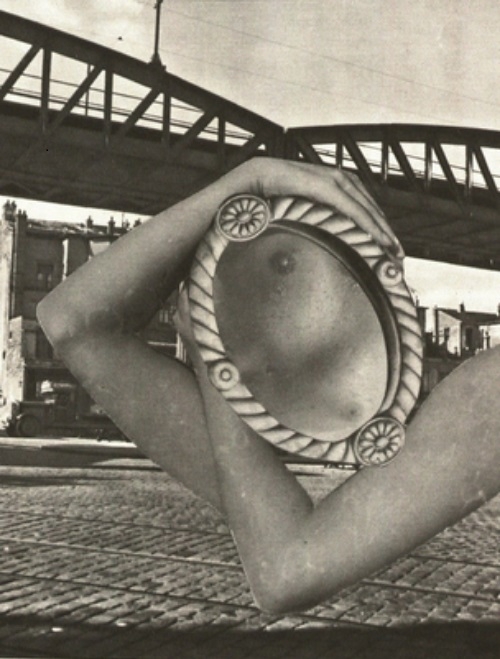
Fig. 3. wordpress.com
The Collage and The Myth
Manipulation with body parts is the leading practice of avant-garde movement. It's performed in paintings, poems, movies, and collages. We can easily find analogs of Teige's dreamy constructions in pictures of Magritte and Dali. The ideological ambiguity of avant-garde art manifested itself in these weird yet captivating visual metaphors. Like the god Janus looking in opposite directions, avant-gardists claimed themselves as heralds of the future and modernity with their curiosity for skyscrapers and airplanes, at the same time, praising ancient instincts and irrational forces. Karel Teige preferred collages over paintings as they were connected with the modern art of photography. Yet the content of these collages apparently tends to be mythological. The body parts with urban landscapes in the background can't but remind us of ancient narratives about suffering gods like Osiris or Dionysus, who were torn to pieces by their enemies. Teige mainly uses the images of the female body, so his works create a story about the maternal side of nature. The adherence to the figure of the woman is a crucial feature of surrealist art. While for Teige's collaborator Štyrský the woman is a source of erotic pleasure, for Teige himself, the woman is the name for everything that surrounds humankind (or, at least, surrounds Teige). A principal feature of collages, the connection of things that can't be connected naturally, is also a characteristic of pagan gods and their infinite metamorphoses. Thus, Teige's collages demonstrate us transitions of the eternal feminine.
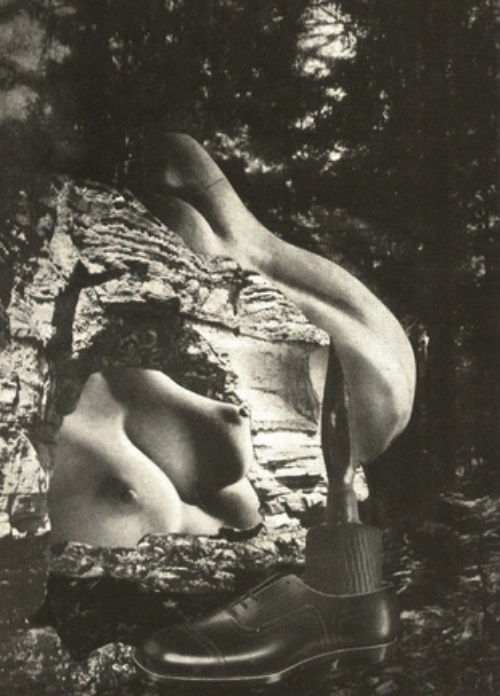
Fig. 4. wordpress.com
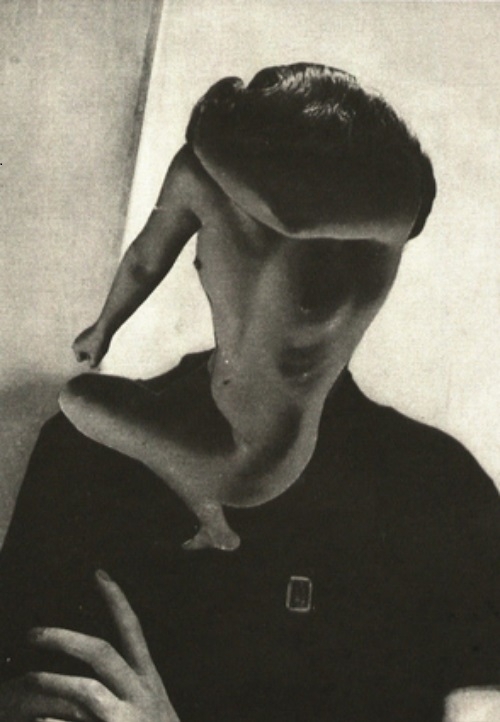
Fig. 5. wordpress.com
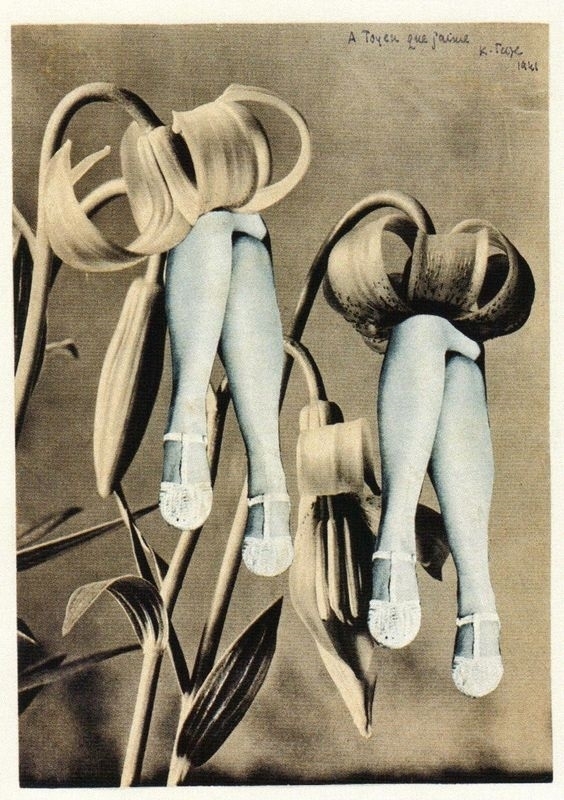
Fig. 6. To Toyen whom I love
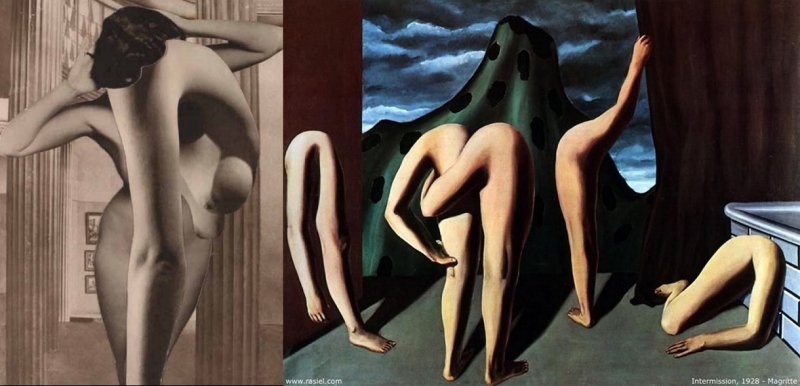
Fig. 7. Left: Teige; right: Magritte, Intermission, 1928 (wikiart.org)
Fig. 8. Eve. Collage 47
Karel Teige Collage 41
Fig. 9. Collage 41 (blogspot.com)
Leda and The Swan
Examining Teige's collages, we can find peculiar variations of traditional myths widely presented in art. Collage 41 (fig. 9) depicts a thing looking like triskeles (an ancient 'three-legged' motif) that consists of two female legs and the head of the swan. The image may also be a metaphor likening a female dancer to a swan. In this case, the Swan Lake ballet is one more possible association.
Left: Teige, Collage 39 (blogspot.com); right: Dürer Melencolia
Fig. 10. Left: Teige, Collage 39 (blogspot.com); right: Dürer Melencolia, 1514 (wikipedia.org)
Melencolia I
Modernists and contemporary artists consider culture as a field for a game. Their works are built on references to various oeuvres that became classic. Teige's images are no exception. His Collage 39 (fig. 10) refers to the famous enigmatic engraving Melencolia I by Dürer. Teige places Dürer's plate with the title above the sea as in the original image. While Dürer's work is devoted to the melancholic temperament that was thought to be a characteristic of artists, the melancholy of Teige seems to have a sensual meaning. In the Renaissance period, melancholy was considered to be ruled by Saturn, who was a patron of carpenters and masons (an angel is surrounded by carpenter's tools). In Teige's collage, the ruling planet/deity is not Saturn but Venus due to the domination of marine elements. The sphere in front of Dürer's angel is turned into a pearl behind the female figure. The head of the woman is replaced with a conch shell. The shell is generally considered a symbol of the vulva and Venus. The pose of the female and the way she puts her arm around the head allows suggesting that, in the original image, she lies horizontally. Her right hand is apparently placed on her genitals. Thus, the melancholy of Karel Teige can be interpreted as the depiction of the woman's loneliness. If we understand the pearl behind her as a symbol of virginity, then the image means her irresistible desire to lose it.

Fig. 11. Left: Teige (wordpress.com); right: Jabberwocky as illustrated by John Tenniel, 1871 (Through the Looking Glass, Carroll)

Fig. 12. Left: Teige (wordpress.com); center: Hans Bellmer; right: mannequin from Silent Hill 2 (silenthill.fandom.com)
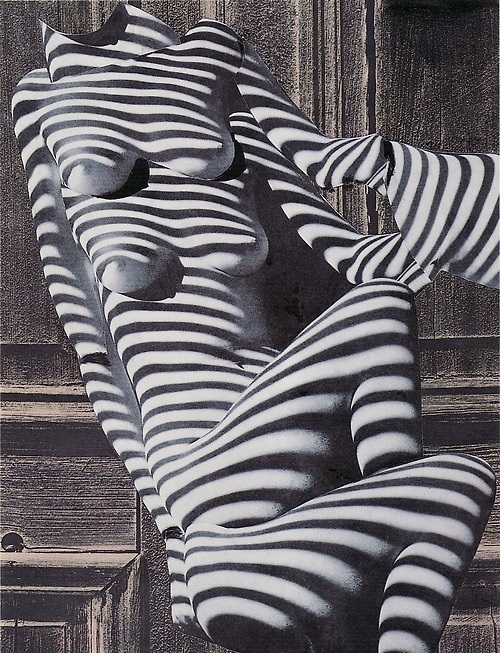
Fig. 13. Collage 48 (blogspot.com)
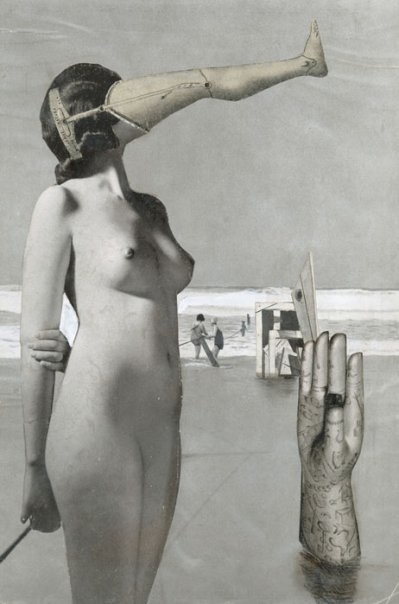
Fig. 14. blogspot.com
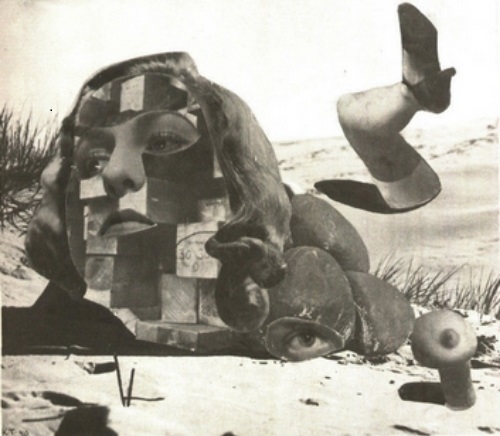
Fig. 15. wordpress.com

Fig. 16. wordpress.com
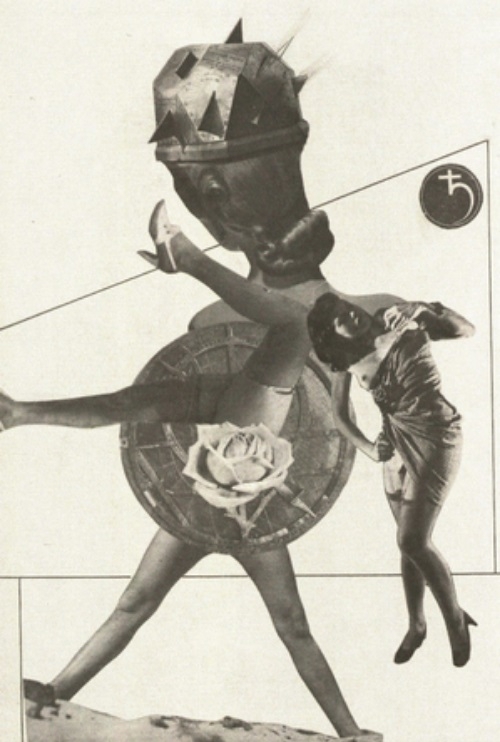
Fig. 17. wordpress.com
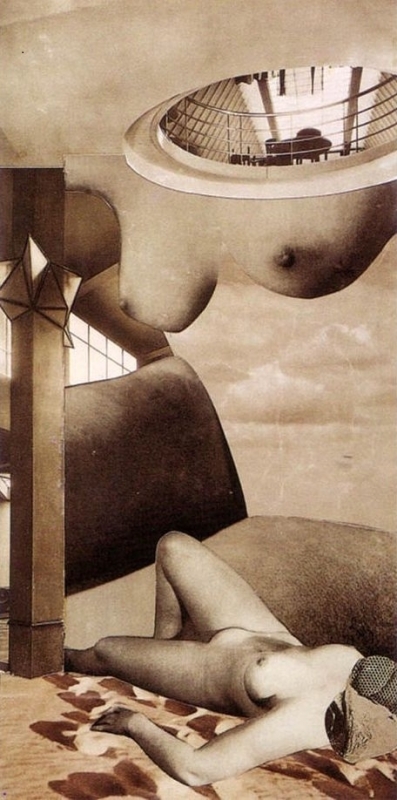
Fig. 18. pinterest.com

Fig. 19. wordpress.com
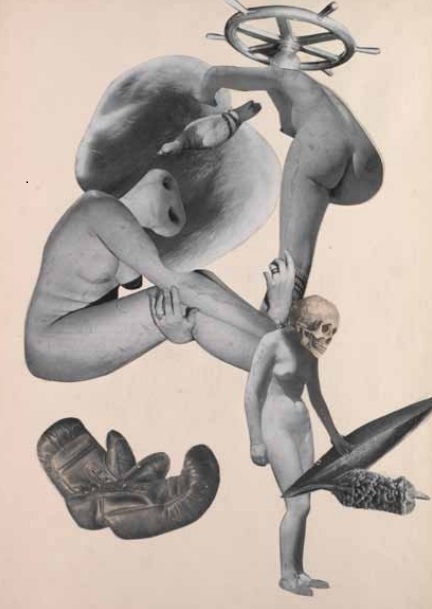
Fig. 20. wordpress.com
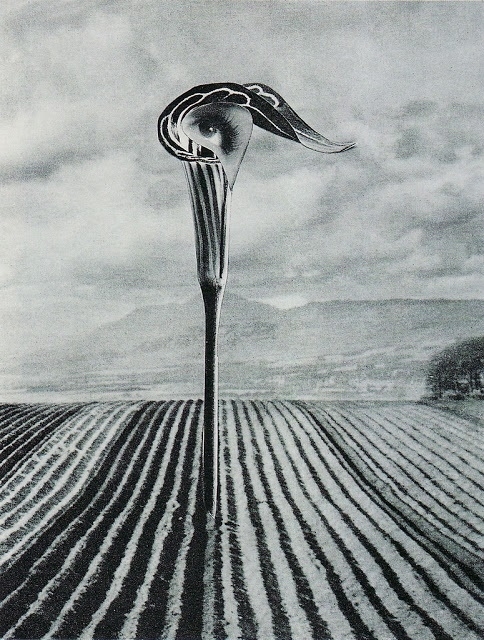
Fig. 21. blogspot.com
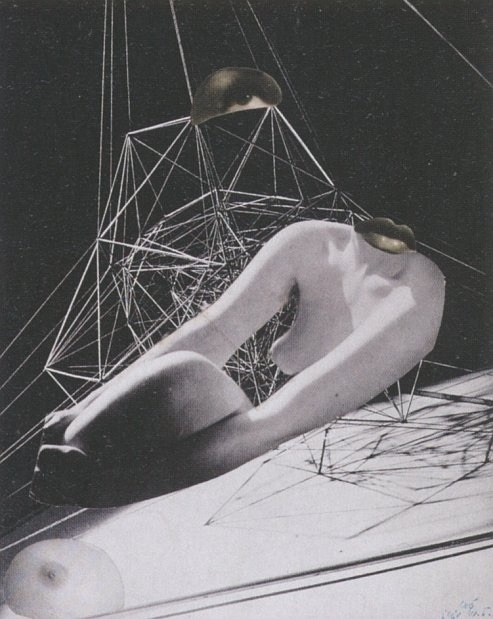
Fig. 22. blogspot.com

Fig. 23. wordpress.com
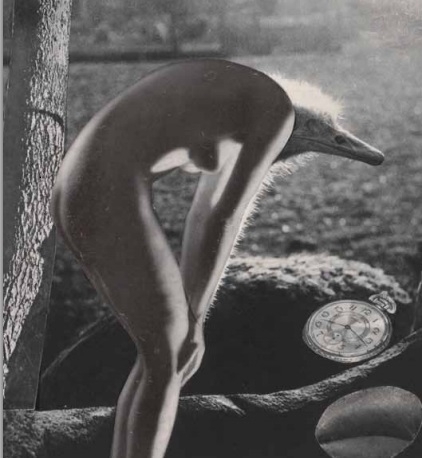
Fig. 24. wordpress.com
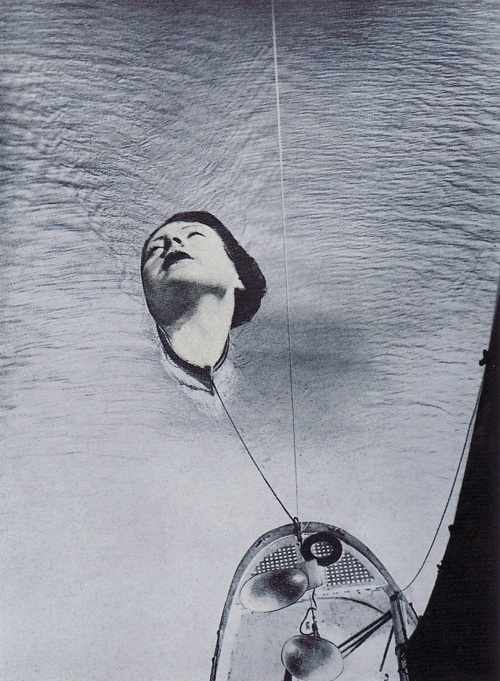
Fig. 25. blogspot.com
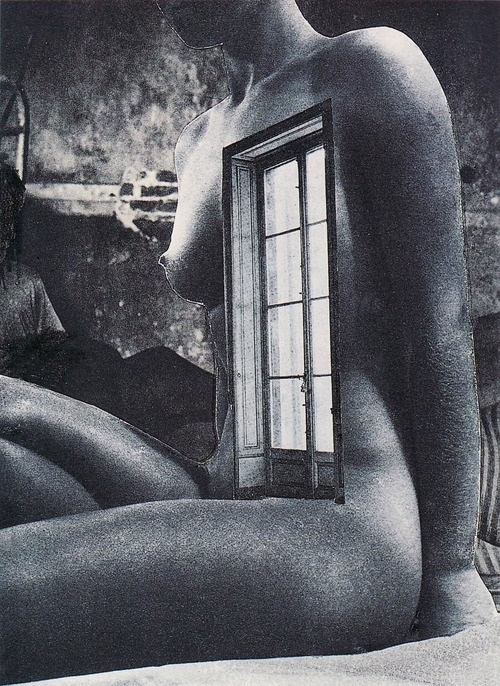
Fig. 26. blogspot.com
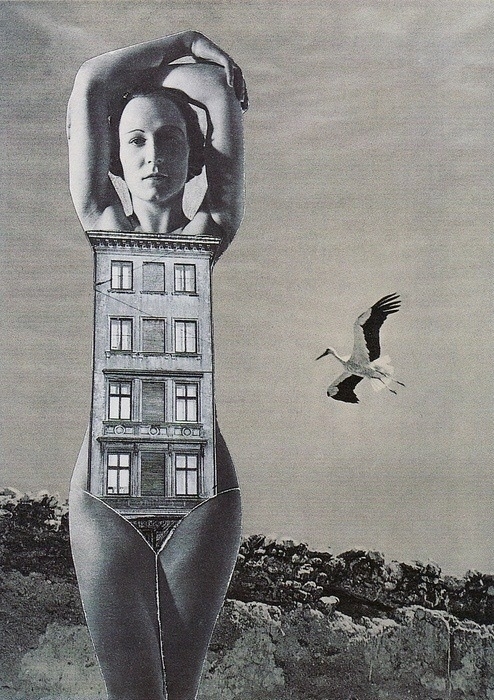
Fig. 27. 1949 (blogspot.com)
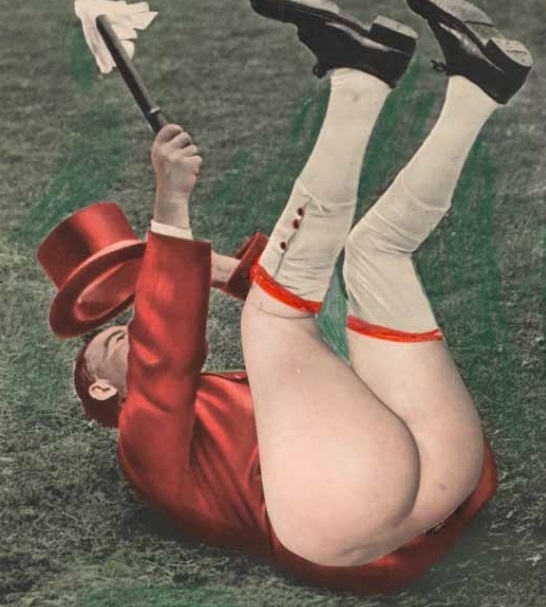
Fig. 28. wordpress.com

Fig. 29. wordpress.com
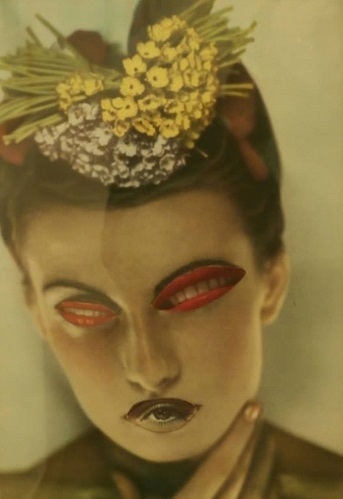
Fig. 30. wordpress.com

Fig. 31. pinterest.com
Sources: grecobello8id.wordpress.com
Click HERE for an article on Hans Bellmer and his dark surreal dollhouse...!!
Please let us know your thoughts about the above art (or artist) in the comment box below….!!
